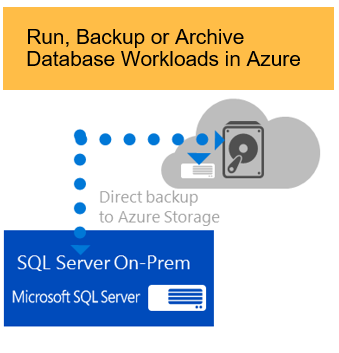In today’s digital landscape, ensuring high availability and scalability of applications is crucial for delivering a seamless user experience. Azure Load Balancer, a key component of Microsoft Azure’s networking services, plays a vital role in achieving these objectives by distributing incoming traffic across multiple backend resources. In this article, we will explore Azure Load Balancer and its role in distributing traffic for high availability.
Azure Load Balancer acts as a traffic distribution point, evenly distributing incoming network traffic across a set of backend resources, such as virtual machines (VMs) or virtual machine scale sets (VMSS). By distributing traffic, Azure Load Balancer helps eliminate single points of failure and ensures that applications remain accessible and responsive even during high demand periods.
There are two types of load balancers offered in Azure: the Basic Load Balancer and the Standard Load Balancer. The Basic Load Balancer is suitable for simple scenarios that require load balancing across VMs within a single availability set. On the other hand, the Standard Load Balancer offers advanced features and is designed for more complex scenarios that involve load balancing across multiple availability zones or hybrid connectivity.
Azure Load Balancer supports various load balancing algorithms, including round-robin, least connections, and source IP affinity. These algorithms determine how traffic is distributed among backend resources, allowing you to tailor the load balancing behavior to meet your specific application requirements.
Additionally, Azure Load Balancer provides health probing capabilities to ensure that traffic is only directed to healthy backend resources. By continuously monitoring the health of the backend resources, Azure Load Balancer can intelligently route traffic away from unhealthy or unresponsive resources, maximizing the availability and reliability of your applications.
Configuring Azure Load Balancer is straightforward, and it seamlessly integrates with other Azure services such as Azure Virtual Machines, Azure Kubernetes Service (AKS), and Azure Virtual Machine Scale Sets. This integration enables you to distribute traffic across your infrastructure, whether it’s hosting web applications, microservices, or other workloads.
With Azure Load Balancer, you can achieve high availability, improve application performance, and scale your infrastructure to meet growing demands. By effectively distributing traffic across multiple backend resources, Azure Load Balancer ensures that your applications can handle traffic spikes, maintain uptime, and deliver a seamless user experience. Start leveraging Azure Load Balancer’s capabilities today and enhance the availability of your applications in the cloud.

Simon Lee
Cloud & Data Engineer, SOS Group Limited


